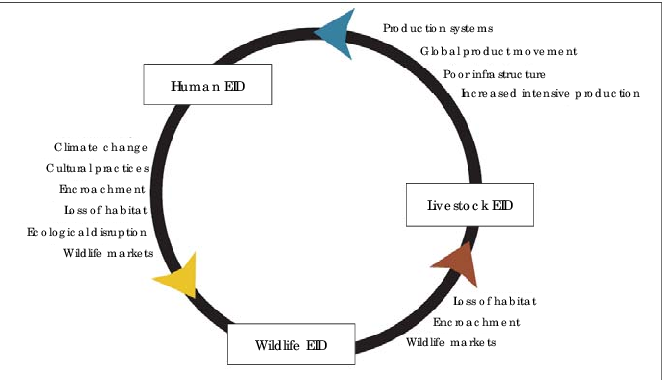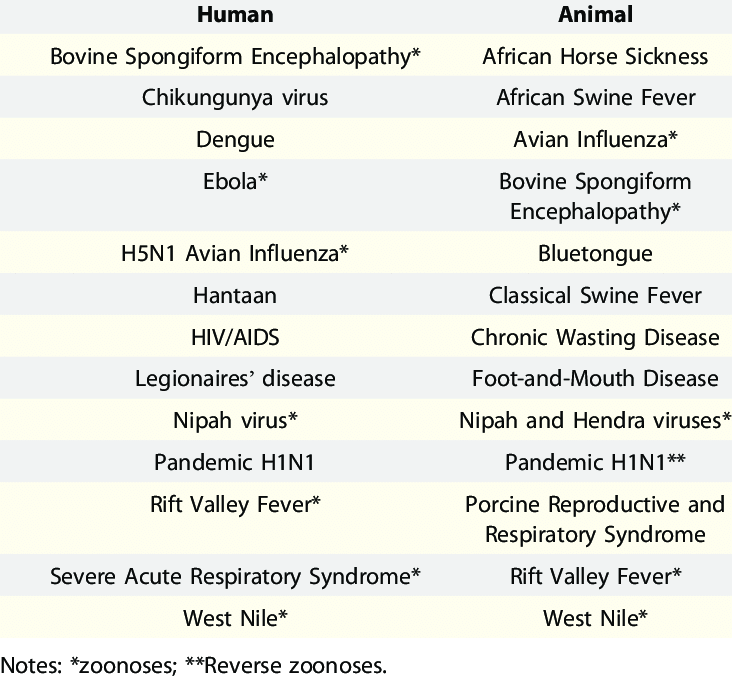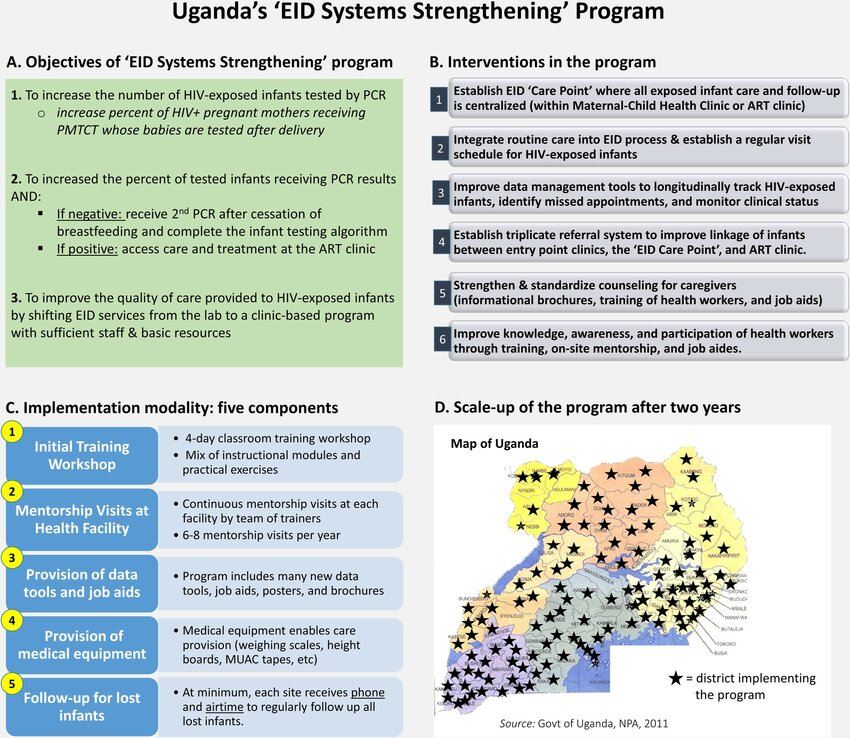The emergence of novel infectious diseases in animals presents a continuous threat to animal health and, in some cases, public health through zoonotic transmission. These previously unknown pathogens can cause significant illness and economic losses, highlighting the critical need for robust surveillance programs, early detection methods, and effective prevention strategies.
Factors Contributing to EID Emergence
Several factors contribute to the rise of emerging infectious diseases in veterinary medicine. Intensification of livestock production and global trade practices create ideal conditions for rapid pathogen spread due to increased animal density and movement. Climate change disrupts ecosystems and weather patterns, potentially expanding the geographic range of vectors (like mosquitos) and the pathogens they carry. Encroachment on wildlife habitats increases contact between humans, domestic animals, and wild animals, creating opportunities for spillover events where pathogens jump from one species to another. Finally, viruses and bacteria have the ability to mutate and undergo genetic recombination, potentially resulting in new strains with enhanced transmissibility or virulence.
Examples of Emerging Infectious Diseases
Veterinarians encounter a diverse array of emerging infectious diseases with varying zoonotic potential. Nipah virus, a highly pathogenic Henipavirus, can infect pigs and humans, causing severe encephalitis (inflammation of the brain) and respiratory illness. Schmallenberg virus (SBV), a novel orthobunyavirus affecting ruminants like cattle and sheep, can lead to congenital malformations and stillbirths. Emerging tick-borne spirochetes, such as Borrelia miyamotoi, pose a threat to both animals and humans by causing relapsing fever, a cyclical illness characterized by alternating periods of fever and chills. Highly pathogenic avian influenza (HPAI) viruses, exemplified by strains like H5N1 and H7N9, pose a significant threat to the poultry industry and can potentially spill over to infect humans.
Importance of Surveillance and Early Detection
Effective surveillance programs are the cornerstone of a successful response to emerging infectious diseases. These programs can utilize various methods to identify potential outbreaks early. Passive surveillance relies on veterinarians reporting suspected cases of EIDs to national authorities. Active surveillance involves targeted screening of animal populations for specific pathogens of concern. Environmental surveillance focuses on monitoring wildlife populations or insect vectors for the presence of pathogens that could potentially infect domestic animals. Recent advancements in molecular diagnostics allow for rapid identification of novel pathogens, providing valuable time for implementing control measures.
Control Measures for EIDs
Early detection of an emerging infectious disease outbreak allows for the swift implementation of control measures to limit its spread and mitigate its impact. Quarantine and movement restrictions can be imposed to isolate infected animals and prevent further transmission within animal populations or to humans. Vaccination of susceptible animal populations can be critical for preventing large-scale outbreaks and protecting animal health. Biosecurity measures implemented on farms, such as hygiene protocols, rodent control, and restricted animal movement, play a crucial role in reducing the risk of pathogen introduction.
Prevention Strategies for EIDs
A multi-pronged approach is essential for preventing the emergence and spread of EIDs in veterinary medicine. Strict biosecurity practices implemented on farms can significantly reduce the risk of pathogen introduction and establishment. Vaccination programs targeting known pathogens within livestock populations can help to prevent large-scale outbreaks and economic losses. Judicious use of antibiotics in animals helps to minimize the emergence of antibiotic-resistant pathogens, a growing public health concern. Finally, international collaboration is paramount for effective prevention. Sharing information about EIDs and coordinating control efforts at a global level allows for a more unified response to emerging threats.
Conclusion
Emerging infectious diseases in veterinary medicine pose a continuous challenge. By prioritizing robust surveillance programs, early detection methods, and implementing effective prevention strategies, veterinarians play a critical role in safeguarding animal health and public health. Continued research efforts focused on developing novel diagnostics, vaccines, and treatment options are essential for mitigating the impact of emerging infectious diseases and protecting animals and humans alike.



